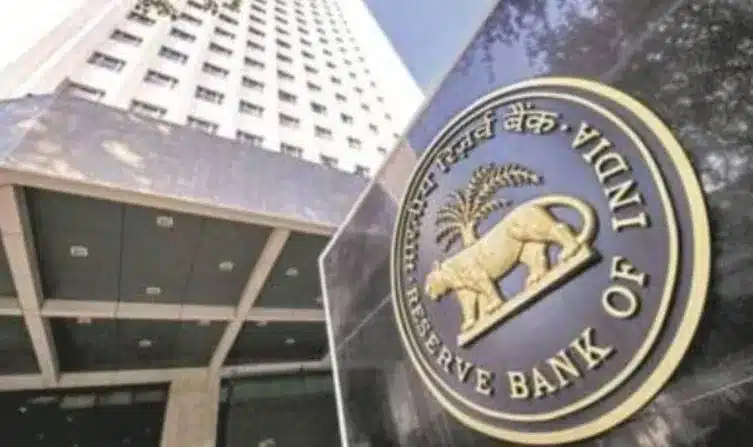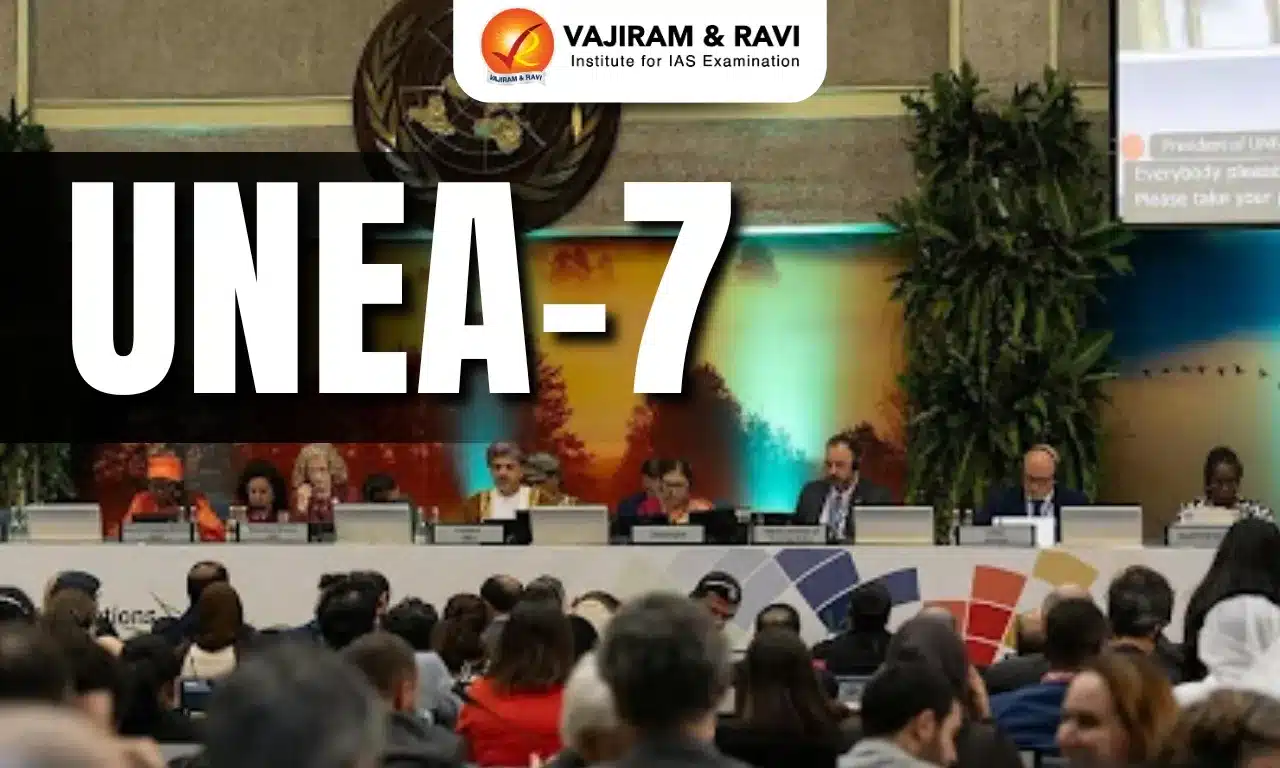What’s in today’s article?
- Why in news?
- What is Foreign exchange reserves (Forex Reserve)?
- What is the composition of India’s Forex Reserves?
- Role of the Foreign Exchange Reserve
- What are the factors affecting Forex Reserve?
Why in news?
India’s forex kitty jumped by USD 10.47 billion to USD 636.095 billion for the week ended March 8.
In October 2021, the country’s forex kitty had reached an all-time high of USD 645 billion. The reserves took a hit as the central bank deployed the kitty to defend the rupee amid pressures caused majorly by global developments since last year
Foreign exchange reserves (Forex Reserve)
- Foreign Exchange reserves or Forex reserves are assets such as foreign currencies, gold reserves, treasury bills, etc retained by a central bank or other monetary authority.
- RBI is the custodian of the Foreign exchange reserves in India.
- It checks the balance payments and influences the foreign exchange rate of its currency and maintains stability in financial markets.
Composition of India’s Forex Reserves
- The Foreign exchange reserves of India consists of below four categories:
- Foreign Currency Assets : Expressed in dollar terms, the foreign currency assets include the effect of appreciation or depreciation of non-US units like the euro, pound and yen held in the foreign exchange reserves.
- Gold
- SDR: It is an international reserve asset used by IMF for internal accounting purposes.
- Also known as paper gold, the value of SDR is based on a basket of five currencies – the U.S. dollar, the euro, the Chinese renminbi, the Japanese yen, and the British pound sterling.
- Reserve with the International Monetary Fund (also known as reserve tranche position)
- Reserve tranche position is the difference between the IMF’s holdings of that country’s currency and the country’s IMF-designated quota.
Role of the Foreign Exchange Reserve
- It ensures that RBI has backup funds if their national currency rapidly devalues or becomes altogether insolvent.
- If the value of the Rupee decreases due to an increase in demand of the foreign currency, then RBI sells the dollar in the Indian money market so that depreciation of the Indian currency can be checked.
- A country with a good stock of forex has a good image at the international level because the trading countries can be sure about their payments.
- A good forex reserve helps in attracting foreign trade and earns a good reputation in trading partners.
Factors affecting Forex Reserve
- FPI inflows – Greater FPI inflows increases the forex reserve.
- Dip in crude oil prices – Since India is an oil importing currency, dip in crude oil prices increases the forex reserves.
- Import savings – Reduction in imports increases the foreign exchange reserves.
- FDI inflows – Greater the FDI inflows, greater will be the forex reserves.
- Dip in gold imports – Gold is a big import component for India. Dip in gold imports increases the forex reserve.
Q1) What are Foreign Currency Assets?
Foreign Currency Assets (FCA) are assets that are valued based on a currency other than the country’s own currency. FCA is the largest component of the forex reserve and is expressed in dollar terms. It includes the effect of appreciation or depreciation of non-US units like the euro, pound, and yen held in the foreign exchange reserves.
Q2) What is foreign portfolio investment (FPI)?
Foreign portfolio investment (FPI) is a way to invest in a foreign country by buying financial assets and securities. These assets include stocks, bonds, mutual funds, exchange traded funds (ETFs), American depositary receipts (ADRs), and global depositary receipts (GDRs).
Source: Amid Nepal’s continuing political turmoil, confidence vote win for PM Prachanda, the task for India
Last updated on December, 2025
→ Check out the latest UPSC Syllabus 2026 here.
→ Join Vajiram & Ravi’s Interview Guidance Programme for expert help to crack your final UPSC stage.
→ UPSC Mains Result 2025 is now out.
→ UPSC Notification 2026 is scheduled to be released on January 14, 2026.
→ UPSC Calendar 2026 is released on 15th May, 2025.
→ The UPSC Vacancy 2025 were released 1129, out of which 979 were for UPSC CSE and remaining 150 are for UPSC IFoS.
→ UPSC Prelims 2026 will be conducted on 24th May, 2026 & UPSC Mains 2026 will be conducted on 21st August 2026.
→ The UPSC Selection Process is of 3 stages-Prelims, Mains and Interview.
→ UPSC Result 2024 is released with latest UPSC Marksheet 2024. Check Now!
→ UPSC Prelims Result 2025 is out now for the CSE held on 25 May 2025.
→ UPSC Toppers List 2024 is released now. Shakti Dubey is UPSC AIR 1 2024 Topper.
→ UPSC Prelims Question Paper 2025 and Unofficial Prelims Answer Key 2025 are available now.
→ UPSC Mains Question Paper 2025 is out for Essay, GS 1, 2, 3 & GS 4.
→ UPSC Mains Indian Language Question Paper 2025 is now out.
→ UPSC Mains Optional Question Paper 2025 is now out.
→ Also check Best IAS Coaching in Delhi

















